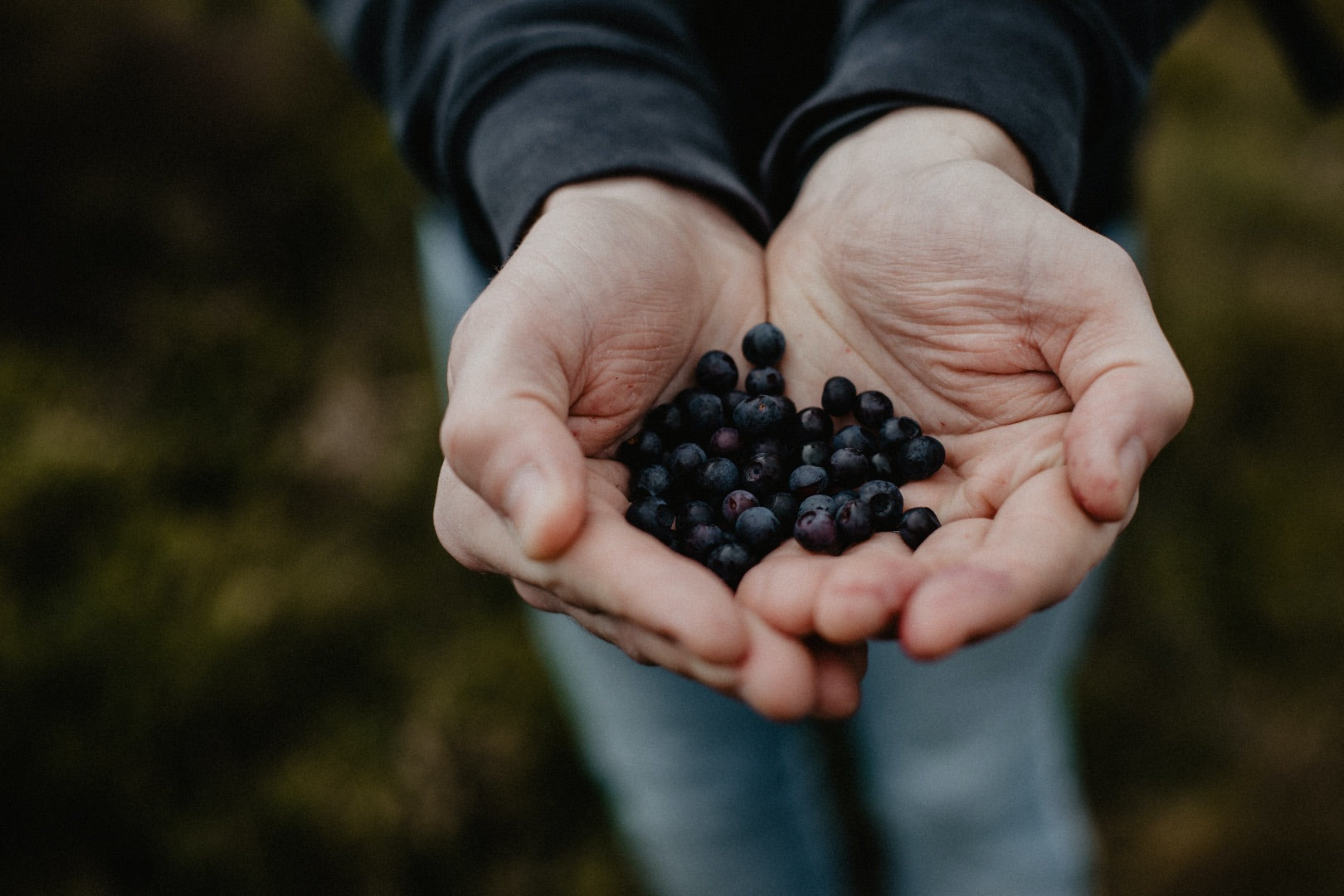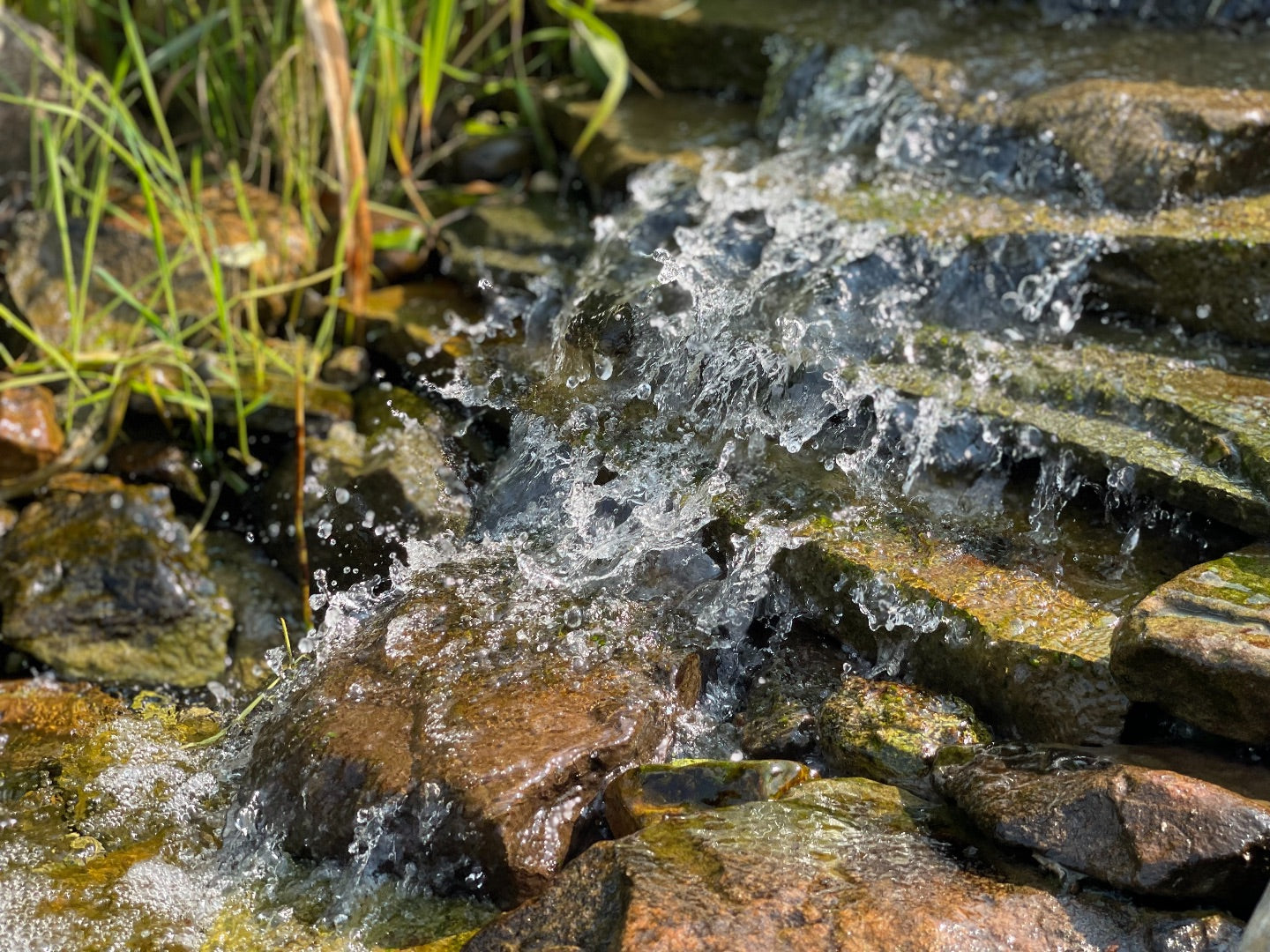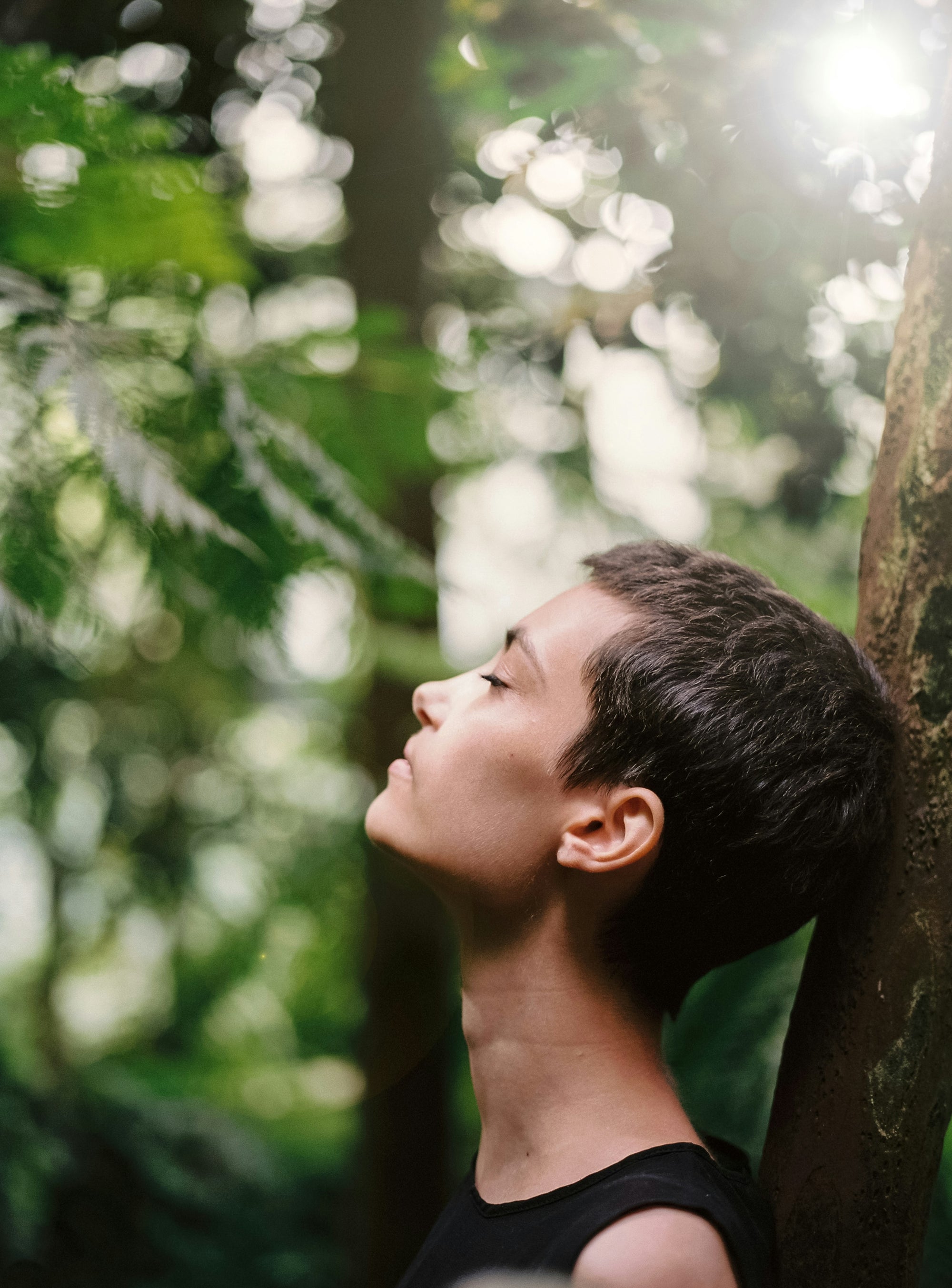In recent years, foraging has experienced a renaissance, with more and more people turning to the wilderness in search of edible treasures and a deeper connection with nature. While foraging can be a rewarding and sustainable practice, it's crucial to approach it with the utmost responsibility and respect for the environment. In this beginner's guide, we will explore the do's and don'ts of foraging etiquette, ensuring that your foraging adventures leave a positive impact on the wild places you visit.
Learning how to identify and harvest edible plants and fungi is not just a useful skill. As you grow in your knowledge of the environment, you will grow in your wonder of the world around you. You may feel more connected than you ever have been to nature. As you dive deeper into the world of foraging, you will begin to develop a profound appreciation of the diversity and wonder of the natural world. Although there are some very practical items to keep in mind when foraging, do not lose sight of the truly magical experience of simply being sustained by the earth.

Introduction
Foraging, the age-old practice of gathering wild plants, fungi, and other edibles, has regained popularity as people seek to reconnect with the land and reduce their ecological footprint. However, this resurgence comes with a responsibility to forage sustainably and ethically. It is only in living symbiotically with Earth that we get to receive all that we are given through the natural world. Let us delve into the essential do's and don'ts of foraging etiquette to ensure we are kind to the earth.
The Do's of Foraging Etiquette
Obtain Proper Permissions
Before embarking on a foraging journey, always secure the necessary permissions to ensure you are practicing responsible and ethical wild harvesting, especially when foraging on private or protected lands. This can involve acquiring permits specific to foraging activities or obtaining written consent from land owners or relevant authorities. By securing these permissions, foragers not only ensure they are abiding by local laws and regulations but also demonstrate respect for land access rules. Obtaining proper permissions is a fundamental way to protect both the environment and one's legal standing while engaging in the ancient and rewarding practice of foraging.
If you are unsure where to start when obtaining these permissions, call your local Forest Service office or your Department of Natural Resources to find out local regulations.
Educate Yourself
Knowledge is your most important tool in foraging. Familiarize yourself with local laws and plant identification.
Like obtaining local permissions, it is vital to understand and adhere to local foraging laws and regulations. Again, if anything is unclear to you, give your local offices a call to make sure you are foraging legally and in accordance with any local regulations.
Learning to identify edible plants and fungi accurately could be the difference between life and death. Never harvest or eat anything you are not 100% certain is safe to eat. Investing time and resources into the study of edible plants is a must. Do not make learning about plant species a one-time occurrence. The more time you spend learning about edible and inedible plants, the more confident you will be in your abilities and the more connected you will be with nature. Even still, as you begin your foraging journey, bring a comprehensive foraging guidebook out into the wilderness with you to avoid mistaking something poisonous for something edible.
The Forager's Harvest is a popular and reputable foraging guidebook for recognizing and harvesting many different species that are native to North America. It, along with other books like it, can support your journey as you expand your knowledge of edibles in nature.
Harvest Ethically
To ensure that your foraging excursion is a positive experience for both you and the environment, embrace ethical harvesting principles, protecting the sustainability of wild resources. Follow these guidelines:
-
Take only what you need: Avoid over-harvesting by gathering only what you can use. Never harvest the entire population of a plant, which could disrupt the ecosystem.
-
Leave no trace: Minimize your impact by leaving the foraging site as you found it. Be mindful of your footprint (both literally and figuratively). Never leave waste behind. Plastic and other materials not only take ages to break down, but they can leach harmful substances into the environment.
-
Sustainable practices: Support plant and ecosystem health by employing sustainable harvesting techniques, like only harvesting mature plants while leaving young ones to grow and reproduce and learning how to harvest the right parts of certain plants.
-
Forage for invasive species: When possible, seek out edible invasive species. Many of these plants already have populations that are growing too quickly and do not leave enough room for native plants to thrive. As an added bonus, there are lots of invasive species that are medicinal.
Respect Wildlife and Ecosystems
Respecting wildlife and ecosystems is paramount when engaging in foraging activities. Foraging, while a sustainable way to source food and medicine, has the potential to disrupt local ecosystems and harm wildlife if not done responsibly. To ensure minimal impact, foragers must prioritize practices that minimize disruption to the natural world. This involves staying mindful of wildlife habitats, avoiding damage to plants and ecosystems, and taking precautions to prevent harm to native animals. By respecting the delicate balance of nature and minimizing our interference, we can enjoy the benefits of foraging while preserving the vitality and beauty of the ecosystems that sustain us.
The essence of responsible foraging lies in striking a harmonious balance between human needs and the needs of the ecosystem. By minimizing our interference and practicing restraint, we can derive the benefits of foraging while preserving the vitality and beauty of the ecosystems that sustain us. Each foraging adventure becomes an opportunity not just to gather sustenance from the wild, but to forge a deeper connection with nature, to observe its intricacies, and to humbly coexist with the countless life forms that call it home.
The Don'ts of Foraging Etiquette
Never Trespass
Trespassing not only violates legal boundaries but also disrupts the rights of landowners and can harm fragile ecosystems. When foraging, it is essential to respect property lines and obtain proper permissions to access private or protected lands. Trespassing can lead to damage to both the environment and one's reputation as a responsible forager. By staying within the bounds of law and respecting landowners' rights, foragers can ensure that their activities remain ethical, sustainable, and in harmony with both the natural world and the human communities that inhabit it.
Do Not Over-Harvest
Over-harvesting can have dire consequences. When foragers are not mindful of taking too much from their environment, plant populations can be depleted and local ecosystems disrupted. Even when it may not seem of much consequence, the butterfly effect can cause the ecosystem to suffer for months or years to come. Ensure you leave enough for plants to regenerate and replace their populations.
This is one place where expanding your knowledge of the plants you intend to harvest can come to your aid. The key to understanding how much to harvest lies in the individual plant species and its life cycle. Learning about the plant's life cycle, growth patterns, and reproductive strategies will help you gauge when and how much you can harvest without harming the population. As a general rule of thumb, limit your harvesting to no more than 10% of the population.
Avoid Endangered Species
Some species are endangered or protected by law. Never forage for plants or fungi on endangered species lists. Check with your local Forest Service or Department of Natural Resources for a current list of species to avoid. It is also important to understand the legal implications of harvesting endangered species. It is our ethical responsibility to avoid foraging rare or threatened plants.
Do Not Leave a Mess
Leaving waste behind harms the environment. Always clean up after foraging, disposing of waste properly. Avoid leaving behind plastic waste by bringing reusable containers. Respect for the care of your environment is vital. As the earth has kindly provided plants and fungi for your sustenance, sustain the earth, in turn, by protecting it from harmful plastics and substances.
Safety Considerations
Safety in Foraging

Safety should be a top priority while foraging. Wear appropriate clothing and footwear for the terrain, handle foraging tools safely to prevent accidents, and be cautious of wildlife encounters and respect their space. Remember, you are intruding on the wildlife's home and they may not be used to humans in their space. Whenever foraging in remote places, share your location and the time you think you will be back with a family member or friend, so that if an accident happens while you are gone you will be found quickly.
Always be mindful of your surroundings. When venturing into the wild to gather edible treasures, it is crucial to engage all your senses and stay attuned to the environment. Pay close attention to the subtle details of the natural world around you. Watch for signs of wildlife, listen to the rustling of leaves or the chirping of birds, and breathe in the earthy scents of the forest. This mindfulness not only enhances your connection with nature but also helps you avoid unintended disturbances. By respecting the delicate balance of ecosystems and minimizing your impact, you can immerse yourself in the beauty of the wild while ensuring that the plants and animals that call it home continue to thrive.
Poisonous Plants
Avoiding poisonous plants is paramount. Before any foraging adventure, learn to identify and avoid poisonous plants. Understanding what to look for and what to avoid could save your life. Be certain of plant identification before consumption. Many edible and poisonous plants closely resemble each other, especially for those new to foraging. Additionally, many edible plants have parts to them that are toxic. You must know with absolute certainty that the plant or fungi you are consuming is perfectly safe to consume. Mistaking a toxic plant for an edible one is a common and dangerous error. If there are any doubts you have, it is best to avoid eating a plant until you have confirmation that it is safe and edible. This article provides some general tips for avoiding poisonous mushrooms.
Conclusion
Foraging offers a unique way to connect with nature, source sustainable food, and promote self-reliance. However, it comes with the responsibility to practice ethical foraging etiquette. By obtaining proper permissions, educating ourselves, and adhering to the do's and don'ts of foraging etiquette, we can ensure that our foraging adventures have a positive impact on the environment. Let us embrace the beauty of the wild while preserving it for future generations.
Disclaimer: The information provided in this article is for educational and informational purposes only. Foraging for wild plants, fungi, and other edibles carries inherent risks, and it is essential to exercise caution and responsibility when engaging in foraging activities. Before embarking on any foraging expedition, it is strongly recommended to seek guidance from experienced foragers, local experts, or relevant authorities to ensure you are adhering to local laws and regulations. The authors and publishers of this article are not responsible for any actions taken by readers based on the information provided herein. Foraging should be approached with care, respect for the environment, and adherence to local regulations to ensure a safe and enjoyable experience.



